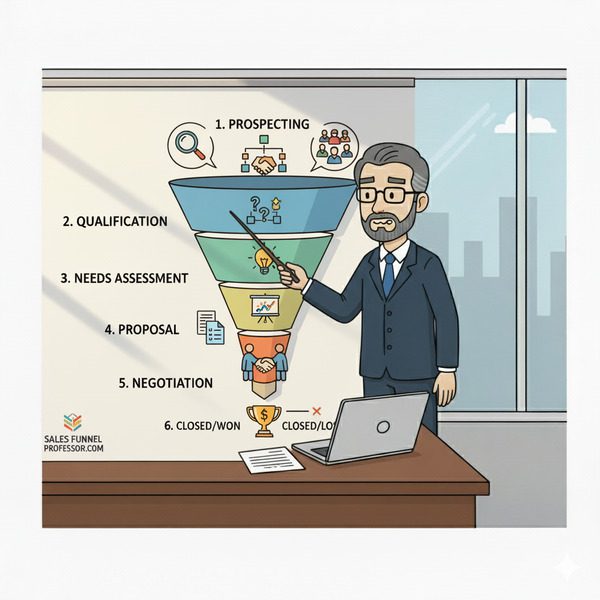Understanding Predictive Analytics Models
Definition: A predictive analytics model uses historical data, statistical algorithms, and machine learning to forecast future outcomes and behaviors. In marketing and sales, predictive analytics models help teams anticipate customer actions, personalize outreach, and optimize campaign performance. When integrated into CRMs like HubSpot or Go High Level, a predictive analytics model becomes a powerful tool for prioritizing leads, reducing churn, and improving conversion rates.
These models also contribute to better CRM hygiene by keeping data relevant and actionable—critical for startups and scaling businesses aiming to grow without operational clutter.
Example in a Sentence: By implementing a predictive analytics model inside their CRM, the team was able to identify high-converting leads and shorten the sales cycle by 30%.
Key Benefits of Predictive Analytics Models
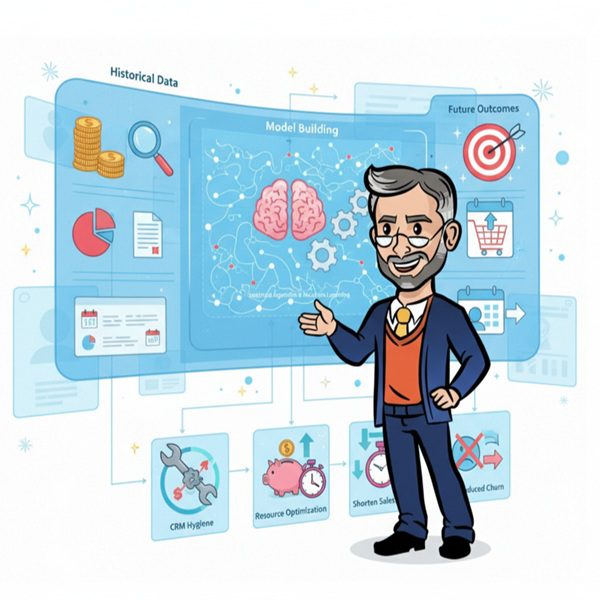
- Improved Lead Scoring: Predictive models identify which leads are most likely to convert. This helps your team focus time and energy where it matters most.
- Smarter Campaigns: Use data-backed insights to tailor your messaging, offers, and timing. Deliver what your audience is most likely to respond to.
- Reduced Churn: By analyzing behavior patterns, these models can flag customers who may disengage, so you can take action before it’s too late.
- Resource Optimization: Avoid wasting time and budget on underperforming channels or low-quality leads by using predictive insights to guide your strategy.
Core Components of a Predictive Analytics Model
- Data Collection: Start by gathering clean, relevant customer data from your CRM, website, email campaigns, and other touchpoints within Go High Level.
- Data Preparation & CRM Hygiene: Maintaining proper CRM hygiene ensures your data is accurate, deduplicated, and up to date—crucial for reliable predictions.
- Model Building: Using statistical algorithms or machine learning, a model is trained to recognize patterns and predict future behavior based on past interactions.
- Testing & Validation: Before going live, your model must be tested to ensure accuracy. This step is especially important for startups that rely on lean strategies and need every decision to count.
- Deployment & Monitoring: Once validated, integrate the model into your Go High Level workflows and monitor its performance over time to refine and improve outcomes.
More Definitions
(From the Sales & Marketing Jargon Encyclopedia)
- Conversion Tracking: The method of measuring when users complete specific goals—like purchases, sign-ups, or downloads—so you can evaluate the success of your marketing efforts.
- Scheduler: A tool that automates appointment booking and calendar management, helping sales teams reduce no-shows and streamline the lead follow-up process.
- HubSpot: A popular CRM and marketing platform offering tools for email marketing, automation, lead tracking, and sales pipeline management—widely used by startups and growing businesses.
- Salesforce: An enterprise-level CRM platform known for its extensive customization, reporting, and integrations, used by large companies to manage complex sales and marketing workflows.
Useful Posts
(From the Sales Funnel Professor Blog)
- Hubspot vs Go High Level: A no-fluff comparison of Go High Level vs HubSpot to help startups and small businesses choose the right CRM for growth.

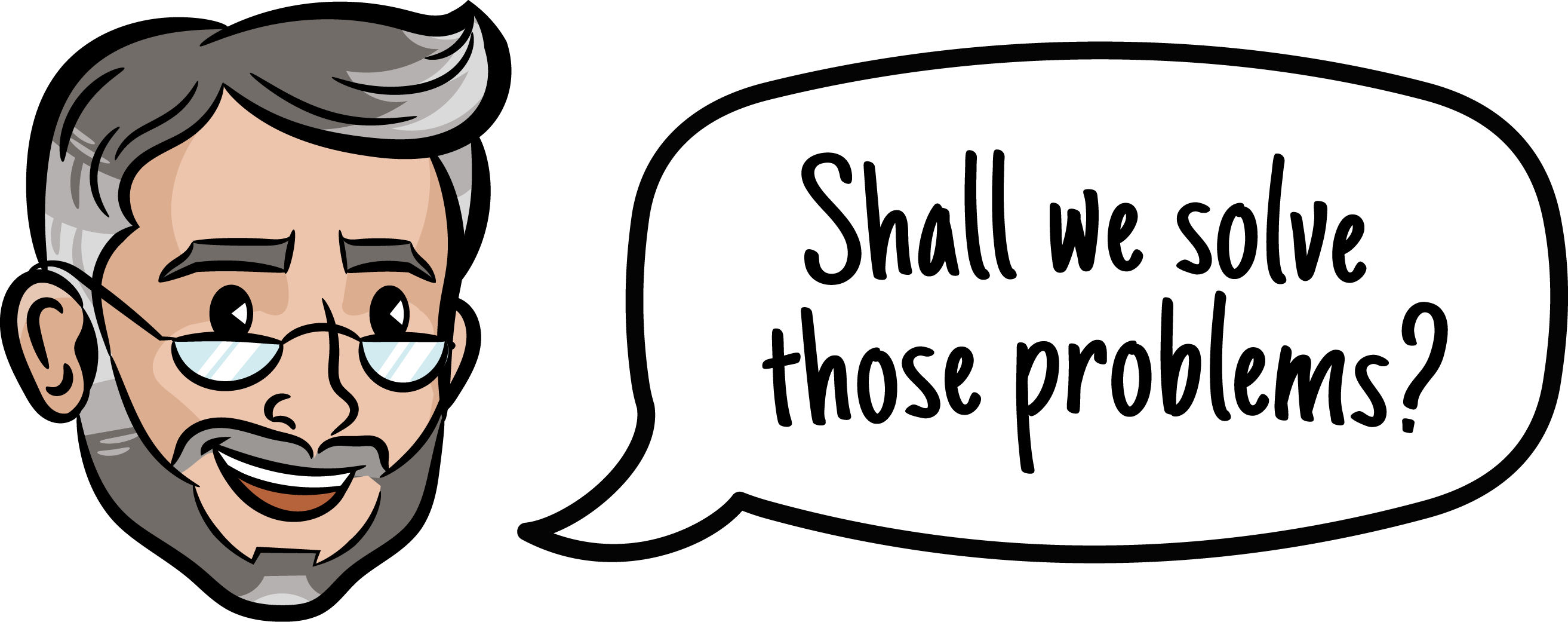




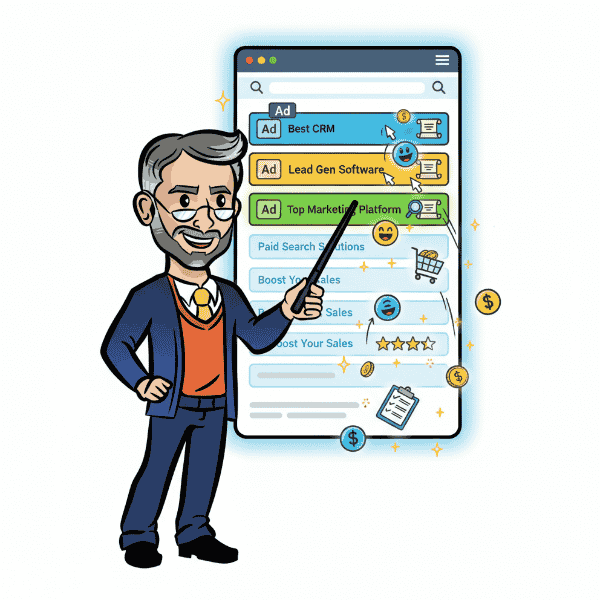



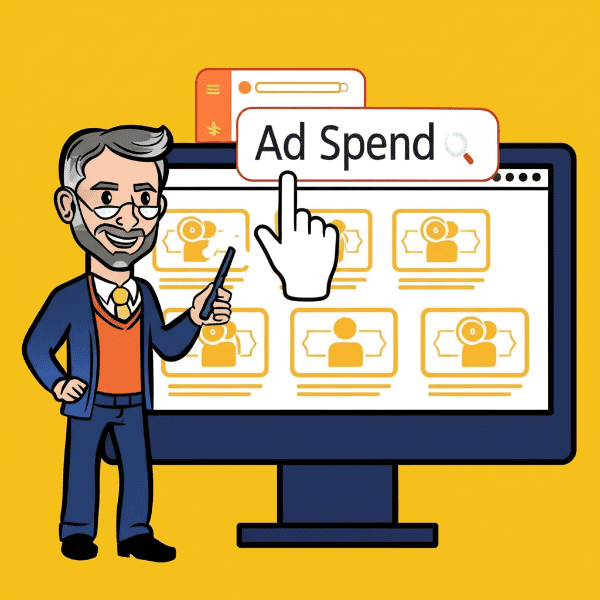




![Cartoon illustration of a professor standing next to an unused, generic megaphone while presenting a customized digital message reading "Hello, [Name]!" to a single customer figure, symbolizing a personalized campaign strategy.](https://salesfunnelprofessor.com/wp-content/uploads/2025/05/personalized-campaigns-definition.jpg)



